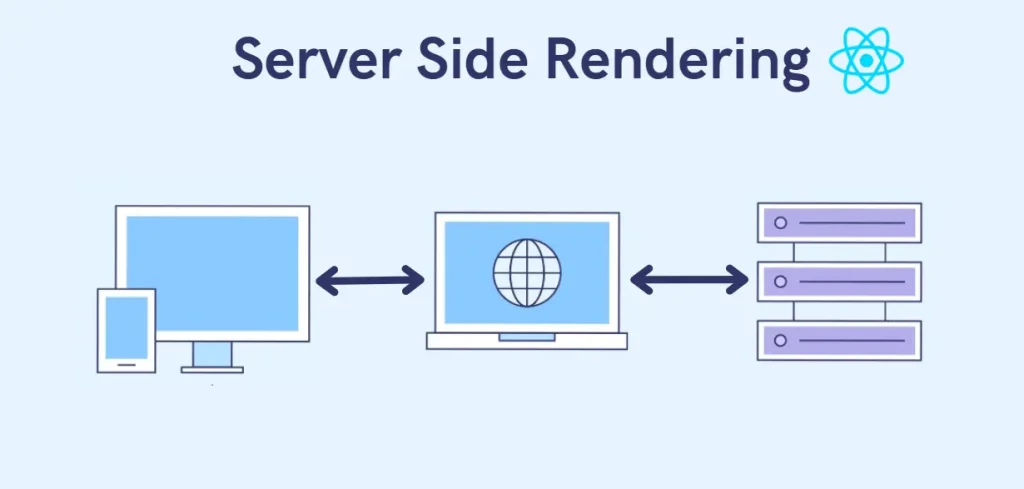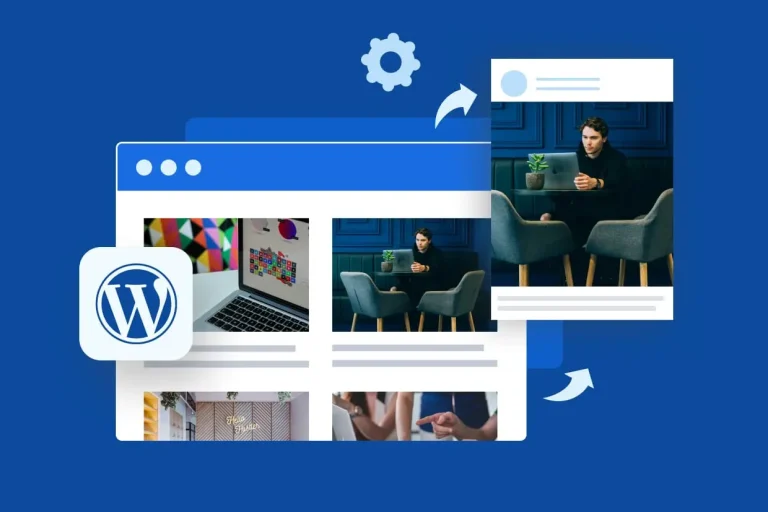Social Media
In modern web applications, various rendering techniques are used to optimize user experience and enhance performance. One of these techniques is Server-Side Rendering (SSR), which refers to the process of generating HTML on the server side and sending it to the client (browser). But what exactly is SSR, how does it work, and why is it important?
What is SSR?
SSR is the process of generating a web page’s HTML content on the server and sending that ready-made HTML to the user’s browser. While this approach existed in traditional websites, it has regained popularity with modern JavaScript frameworks such as React, Vue, and Angular. The main goals of SSR are to shorten the initial page load time, improve SEO compatibility, and provide a smooth experience even on low-performance devices.
How Does It Work?
Here’s how the SSR process works step by step:
- User Request: When a user visits a URL, the browser sends a request to the server.
- Server Processing: The server receives the request, fetches the necessary data (from APIs or databases), and executes the JavaScript code to generate dynamic HTML content.
- HTML Generation: The server compiles all data and components into a complete HTML document.
- Response to Client: The generated HTML is sent to the browser, allowing the user to immediately view the page.
- Hydration: Once the HTML is loaded, the browser downloads and executes JavaScript. At this stage, the page becomes fully interactive—ready for clicks, form submissions, and other dynamic actions.
With SSR, users see meaningful content right away instead of a blank screen. For example, on a blog site, the article text loads instantly, while interactive elements like comments or “like” buttons become active shortly afterward.hemen yüklenirken, yorumlar veya “beğen” butonları gibi etkileşimli öğeler sonradan aktif olur.

Advantages
- Faster Initial Load: Users can see content immediately, which is especially important for slow internet connections.
- SEO-Friendly: Search engine bots can easily crawl HTML served from the server, solving the SEO challenges common in SPAs (Single Page Applications).
- Accessibility: Even if JavaScript is disabled, the essential content remains visible.
Disadvantages
- Server Load: Generating HTML for every request consumes more server resources.
- Complexity: Although frameworks like Next.js (for React) or Nuxt.js (for Vue) simplify SSR implementation, additional setup and optimization efforts are often required.
When to Use It
SSR is ideal for content-heavy or SEO-driven websites—such as news portals, blogs, and e-commerce platforms. However, for highly interactive applications like dashboards or tools, Client-Side Rendering (CSR) may be a better choice.
SSR is a balancing technique in modern web development. When used in the right context, it can significantly improve performance and user experience, while offering SEO benefits. Although modern frameworks have made integration easier, developers should carefully weigh SSR’s advantages and drawbacks according to the project’s specific requirements.
To learn more about Marker Groupe’s development services, visit MarkerGroupe.com or reach out to us via hello@markergroupe.com.




